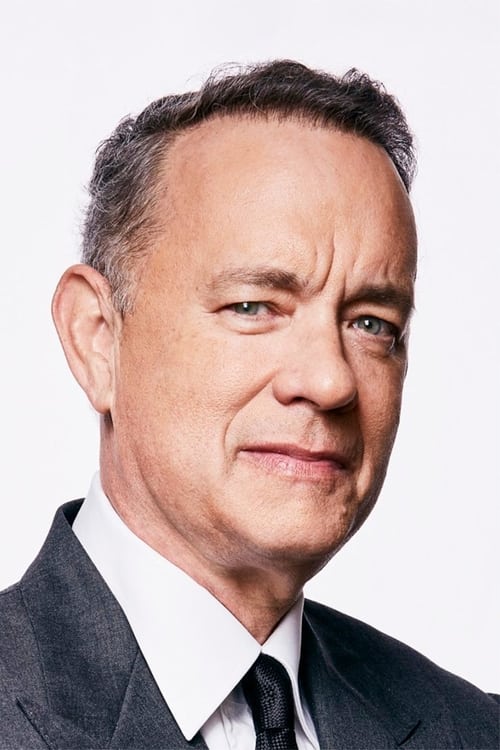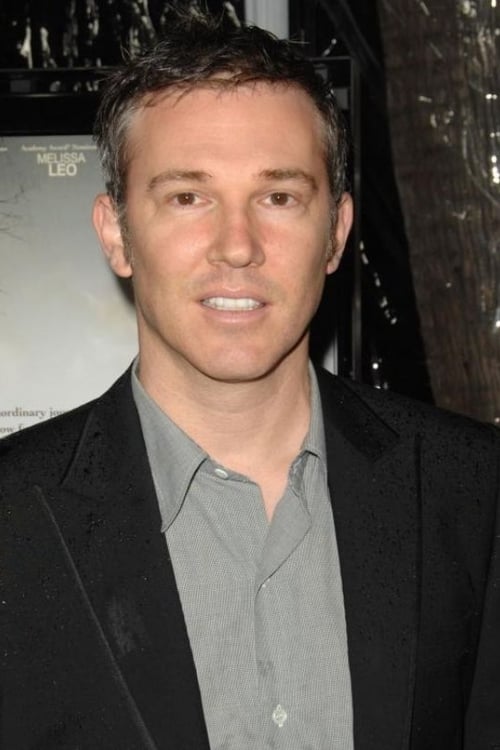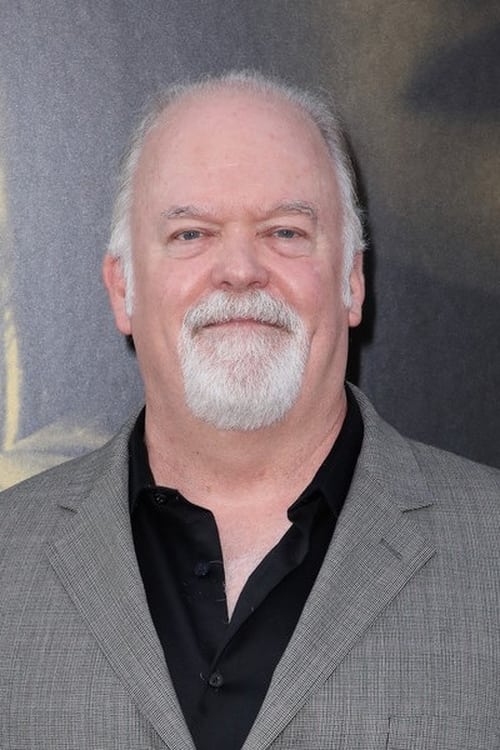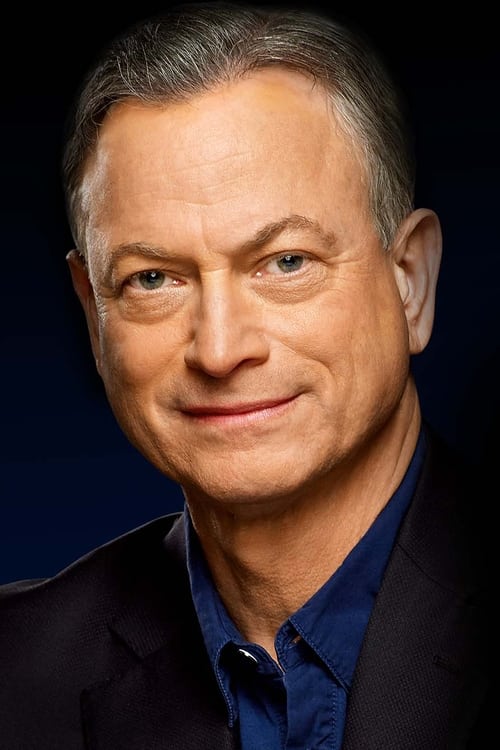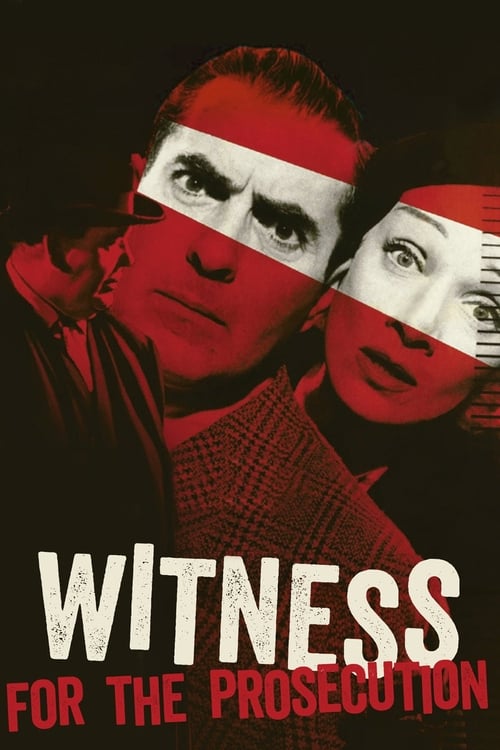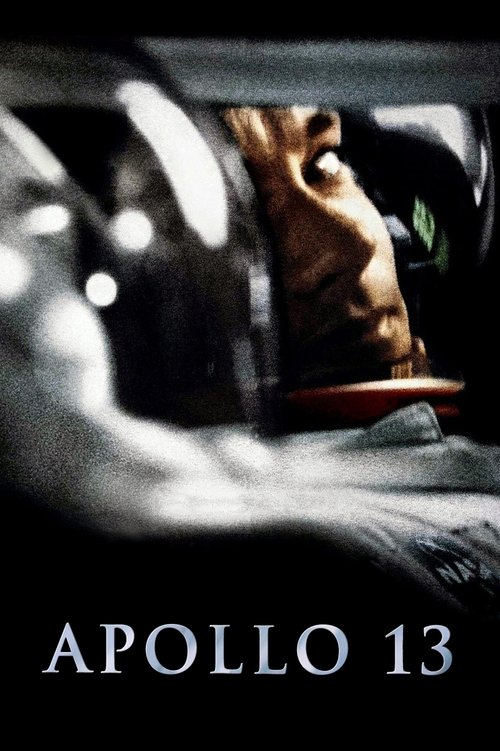
Apollo 13
The true story of technical troubles that scuttle the Apollo 13 lunar mission in 1970, risking the lives of astronaut Jim Lovell and his crew, with the failed journey turning into a thrilling saga of heroism. Drifting more than 200,000 miles from Earth, the astronauts work furiously with the ground crew to avert tragedy.
Dialogues from Movie Apollo 13
Quotes from Movie Apollo 13
Sound Tracks from Apollo 13 by James Horner
Main Title
Main Title by James Horner, Opening sequence
The Launch
The Launch by James Horner, Launch of Apollo 13
The Odyssey
The Odyssey by James Horner, Departure of Apollo 13
Fighting for the Crew
Fighting for the Crew by James Horner, Tension during the crisis
Homeward Bound
Homeward Bound by James Horner, Return journey of Apollo 13
Download App
Memorable Scenes from Movie Apollo 13
The Launch
As the astronauts prepare for launch, the tension in Mission Control rises. The countdown is rhythmic and intense, underscoring the years of work leading up to this moment. When the rocket lifts off, there’s a palpable thrill and hope, as the crew embarks on their ambitious mission to the moon.
Context: This scene sets the stage for the mission, showcasing the spirit of space exploration and the collective ambition of NASA and the astronauts.
The Explosion
Suddenly, a loud bang disrupts the mission's course. The moment when oxygen tank number two ruptures is shocking and sudden. The crew is thrown against the walls of the spacecraft, and chaos ensues as they scramble to understand what happened. The visuals of instruments going haywire amplify the panic and loss of control.
Context: This moment shifts the film from a hopeful journey to a fight for survival, heightening stakes dramatically.
The Announcement
Mission Control’s calm but urgent announcement to the crew—'Houston, we’ve had a problem'—is both haunting and iconic. The realization sinks in that their lives are in jeopardy, and hope begins to wane as the team assesses their dire situation.
Context: This pivotal moment defines the rest of the film, as the focus shifts from exploration to survival.
The Carbon Dioxide Crisis
The crew discovers that their carbon dioxide levels are rising dangerously. The tension heightens as they work to find a way to adapt the square canisters from the command module to fit the round ones in the lunar module. The urgency is palpable, underscored by the ticking clock.
Context: This moment illustrates the necessity for teamwork and ingenuity, showcasing the crew’s determination to stay alive.
The Power Loss
As power begins to dwindle, the astronauts must make heartbreaking choices about what systems to keep operational. The crew's resolve is tested, and the emotional weight of losing life-support systems is a turning point that underscores their desperation.
Context: This scene amplifies the danger, exposing how fragile their situation is as they try to maintain basic functions.
The “Heartbeat” Moment
In a touching moment, Jim Lovell reassures his wife Marilyn through the phone, telling her that they are safe and in control. The simplicity of the dialogue and Lovell’s determination shines through, bringing a sense of calm amidst chaos.
Context: This moment provides emotional grounding and connection, emphasizing the personal stakes for the astronauts and their families.
The Reentry Decision
As discussions in Mission Control unfold on how to get the crew back to Earth, the tension peaks when the crew must make quick decisions to execute a risky reentry trajectory. The visuals of the Earth at a distance reflect hope but also the uncertainty ahead.
Context: This is where the culmination of ingenuity, courage, and problem-solving comes together, pushing them closer to survival.
The Fear of Failure
A quiet moment in Mission Control shows the tension between the engineers as they grapple with the possibility of failure. The emotional impact of what is at stake becomes clear—a life-or-death situation unfolds before their eyes.
Context: This scene highlights the emotional burden of those who worked tirelessly behind the scenes, illustrating that the weight of failure rests on many shoulders.
The Family’s Concern
Mary Lovell receives distressing news about her husband’s situation. The camera captures her fear and worry, emphasizing the personal impact of the crisis on the astronauts' families and adding emotional depth to the narrative.
Context: This moment humanizes the story, reminding viewers of the loved ones waiting anxiously for the crew’s return.
The Flare of Atmosphere
As Apollo 13 reenters Earth's atmosphere, the crew is silent, with only the sound of heat shielding as they burn through. The visuals of the fiery streak against the dark expanse evoke a sense of danger and hope—their lives are literally hanging in the balance.
Context: This scene is a culmination of all tension built up to this point, packed with visual symbolism of their struggle.
The Communication Break
As the spacecraft descends, they face communications blackout, leaving them feeling isolated from Earth. This tense silence is shattered by the eventual reconnection, bringing joy and relief, but also concern about what is still to come.
Context: This moment embodies fear of the unknown during a pivotal survival scenario and emphasizes the crew’s isolation.
The Total Loss of Power
In a moment filled with despair, the crew realizes that they are losing power completely. Their reaction captures desperation, leading to a deep sense of uncertainty. The visuals lack lights and sound, heightening the somber atmosphere.
Context: The loss highlights how thin the line is between life and death in space, amplifying the stakes for everyone on board.
The Reunion with Earth
As they break through the clouds and see Earth below for the first time, emotions swell in the cabin. The crew exchanges relieved glances, voices filled with disbelief and gratitude. The moment is visually stunning, resembling a glimpse of hope after darkness.
Context: This marks a critical turning point, representing triumph against all odds, and reinvigorates their resolve.
The Splashdown
The moment the Apollo 13 capsule splashes down in the ocean is one filled with jubilation and relief. NASA teams cheer, and the astronauts are finally safe. Their expressions of triumph and disbelief showcase the resilience of the human spirit.
Context: This scene solidifies their journey; it contrasts the earlier despair with the joy of survival and accomplishment.
The Family Reunion
As the astronauts are reunited with their families post-mission, the emotions burst forth. It’s a powerful moment of relief and love, showcasing the impact of the mission not just on the crew but their families too. Embraces and tears flow freely.
Context: This scene captures the human experience, serving as a reminder of the personal sacrifices and emotional journeys undertaken during the mission.
Lovell's Reflection
In a poignant moment, Jim Lovell reflects on what they experienced. He shares his thoughts on courage, the fragility of life, and the bond formed during their struggle. His voice carries a mix of gravity and hope, resonating deeply with the audience.
Context: This reflection serves as a thematic summary, connecting personal stakes to broader ideals of sacrifice and perseverance.
The Control Room Tension
From the control room, the pressure mounts as they try to support the crew through simulations and intense calculations. The camera captures engineers working frantically, their faces reflecting stress, hope, and determination.
Context: This emphasizes the teamwork and dedication of everyone involved, showcasing the human parts behind technological triumph.
The News Coverage
The media frenzy escalates around the impending crisis, portraying the public’s anxiety and fascination with the mission. News anchors report on the uncertainty, bringing the national focus on the astronauts’ survival.
Context: This highlights the larger social and cultural implications of the mission, underscoring that their fight for survival is a collective investment in humanity.
The Problem-Solving Session
A brainstorming session occurs in Mission Control where engineers work together to solve the CO2 problem, showcasing humanity’s ingenuity and determination. The visuals of diagrams and frantic discussions embody the spirit of collaboration.
Context: This moment reinforces the theme of teamwork, illustrating how collaborative efforts can bridge gaps when faced with adversity.
The Go-No Go Checklist
When discussing whether to abort the mission, the ‘Go-No Go’ checklist creates a moment of suspense. Each item is weighed heavily, and the tension is palpable as the decision looms large on the horizon.
Context: This scene illustrates critical, life-altering decisions and connects to themes of risk and judgment in the face of danger.
The Flight Path Calculations
A tense montage showcasing the meticulous calculations for the return trajectory emphasizes the complex and dangerous math involved in their mission. The visuals are sharp, contrasted with the pressure to save the astronauts and reconcile their errors.
Context: This sequence highlights the blend of science and emotion, depicting the fragile nature of human life in space.
The Calm Under Pressure
Ron Howard showcases moments between the crew where they share jokes and provide support to each other. It’s a brief respite from the chaos that highlights their camaraderie and resilience in dark times.
Context: This moment humanizes the astronauts and emphasizes the importance of maintaining morale in life-threatening circumstances.
The Reassurance from Mission Control
As the crew struggles, the calm and composed demeanor of Mission Control provides vital reassurance. The interactions between flight directors and the astronauts create a bond of trust and hope.
Context: This is significant as it showcases the partnership between astronauts and those on the ground, reinforcing the need for collective effort.
The Final Countdown
In a gripping final countdown to splashdown, the tension is thick as the astronauts prepare for the ocean landing. The countdown voices echo, illuminated by flashes of hope and fear—a race against time.
Context: This climactic moment encapsulates the essence of the film—risk, courage, and teamwork forged through adversity.
Download App


